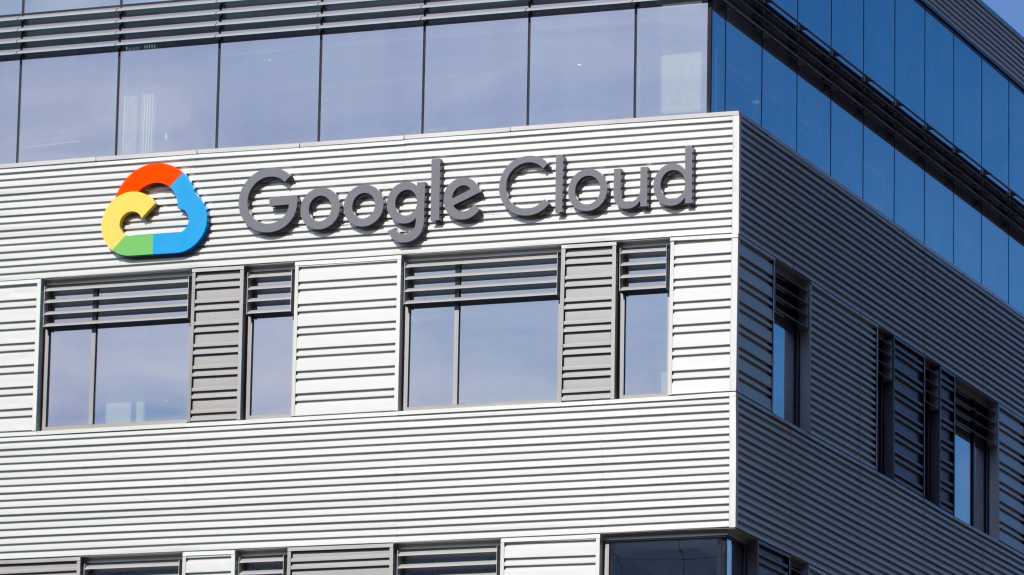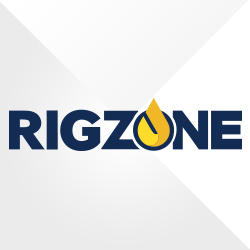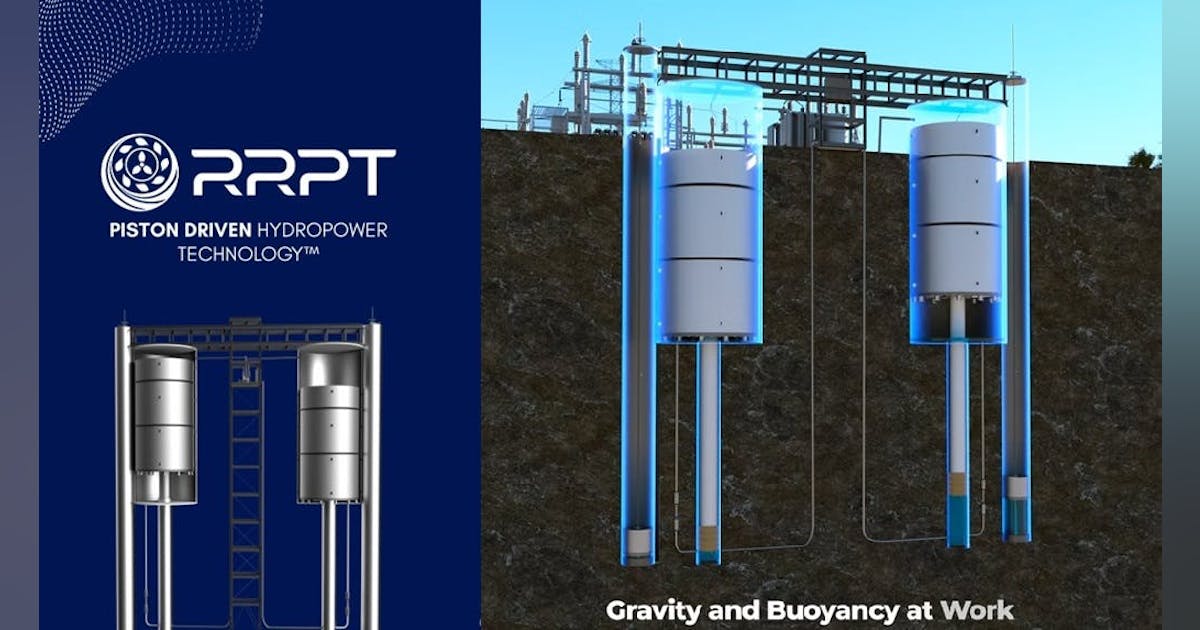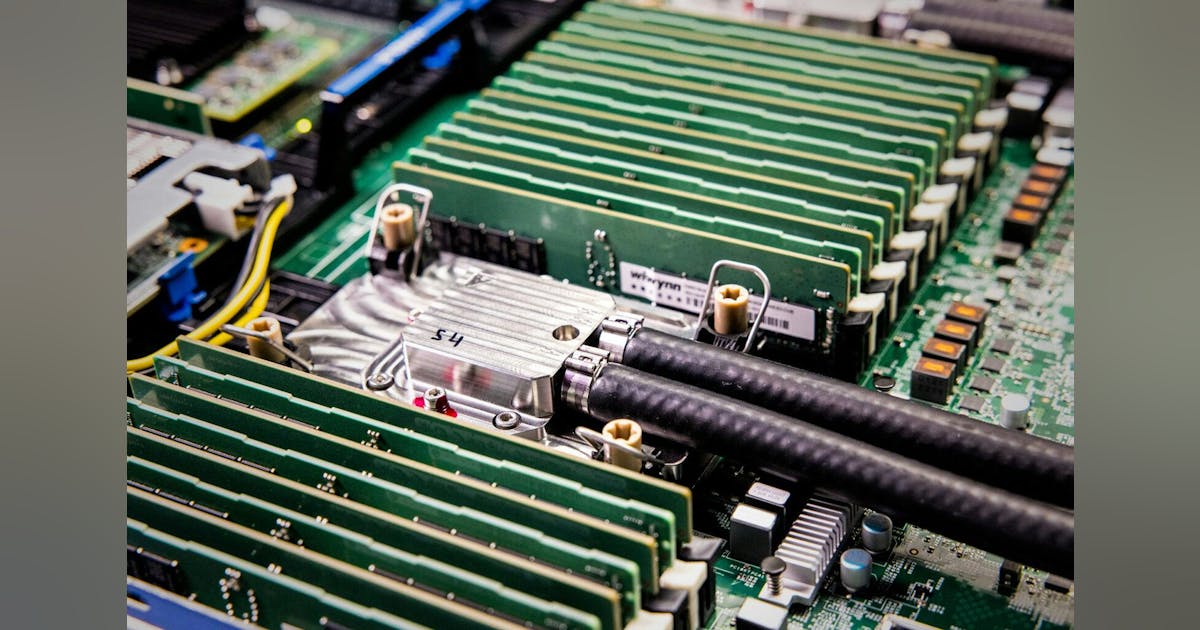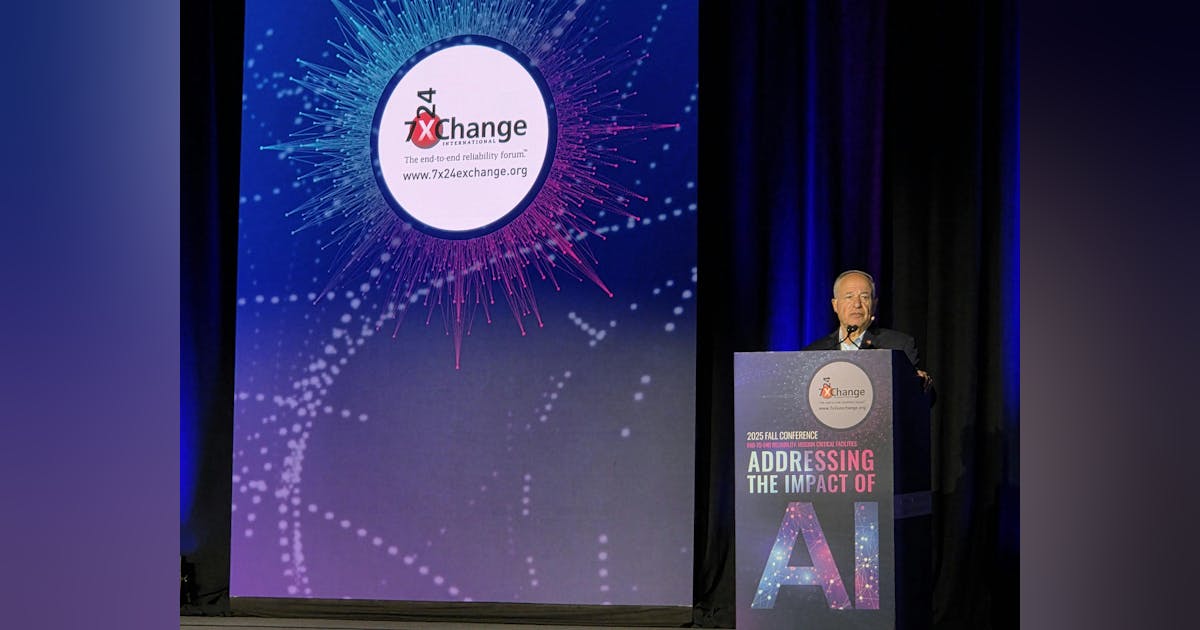
WASHINGTON—U.S. Secretary of Energy Chris Wright signed his first Secretarial Order today directing the Department of Energy to take immediate action to unleash American Energy in accordance with President Trump’s executive orders.
SECRETARIAL ORDER
FEBRUARY 5, 2025
FROM: CHRIS WRIGHT
SECRETARY OF ENERGY
SUBJECT: Unleashing the Golden Era of American Energy Dominance
As Secretary of Energy, it is an immense privilege to serve alongside each of you at such a consequential moment in American history. Energy is the essential ingredient that enables everything we do. A highly energized society can bring health, wealth, and opportunity for all. At the Department, we have an opportunity to promote energy abundance, demonstrate leadership in scientific and technological innovation, steward and strengthen our weapons stockpiles, and meet Cold War legacy waste clean-up commitments.
President Trump has outlined a bold and ambitious agenda to unleash American energy at home and abroad to restore energy dominance. To compete globally, we must expand energy production and reduce energy costs for American families and businesses. America must lead the world in innovation and technology breakthroughs, which includes accelerating the work of the Department’s National Laboratories. We must also permit and build energy infrastructure and remove barriers to progress, including federal policies that make it too easy to stop projects and far too difficult to complete projects.
We must pursue a culture of transparency, performance, and common sense to succeed. Accordingly, the Department will take the following initial actions:
1. Advance Energy Addition, Not Subtraction:
Great attention has been paid to the pursuing of a net-zero carbon future. Net-zero policies raise energy costs for American families and businesses, threaten the reliability of our energy system, and undermine our energy and national security. They have also achieved precious little in reducing global greenhouse gas emissions. The fact is that energy matters, and we need more of it, not less. Going forward, the Department’s goal will be to unleash the great abundance of American energy required to power modern life and to achieve a durable state of American energy dominance.
2. Unleash American Energy Innovation:
The Department’s Research and Development (R&D) enterprise is the envy of the world. We must focus our time and resources on technologies that will advance basic science, grow America’s scientific leadership, reduce costs for American families, strengthen the reliability of our energy system, and bolster America’s manufacturing competitiveness and supply chain security. As such, the Department’s R&D efforts will prioritize affordable, reliable, and secure energy technologies, including fossil fuels, advanced nuclear, geothermal, and hydropower.
The Department must also prioritize true technological breakthroughs – such as nuclear fusion, high-performance computing, quantum computing, and AI – to maintain America’s global competitiveness. To that end, the Department will comprehensively review its R&D portfolio. As part of that review, the Department will rigorously enforce project milestones to ensure that taxpayer resources are allocated appropriately and cost-effectively consistent with the law.
3. Return to Regular Order on LNG Exports:
America is blessed with abundant energy resources – we are the world’s top oil and gas producer and a net energy exporter for the first time in decades. Our energy abundance is an asset, not a liability. On January 20, the Department resumed consideration of pending applications to export American liquefied natural gas (LNG) to countries without a free trade agreement (FTA) with the U.S. in accordance with the Natural Gas Act. Proper consideration of LNG export applications is required by law and shall proceed accordingly.
4. Promote Affordability and Consumer Choice in Home Appliances:
A top priority of the Trump Administration is to ensure that American families can choose from a range of affordable home appliances and products. Therefore, the Department will initiate a comprehensive review of the DOE Appliance Standards Program. Any standards should include a cost-benefit analysis considering the upfront cost of purchasing new products and reflecting actual cost savings for American families. The Department will pursue a commonsense approach that does not regulate products that consumers value out of the market; instead, affordability and consumer choice will be our guiding light.
5. Refill the Strategic Petroleum Reserve (SPR):
As President Trump has stated, the SPR is a national asset that protects our security in times of crisis. It must be refilled. Unfortunately, the SPR is currently at historically low levels. We will not permit this to become a new status quo. Moreover, the Department will review SPR infrastructure and develop appropriate plans to safeguard this important strategic asset.
6. Modernize America’s nuclear stockpile:
We urgently need to modernize the nation’s nuclear weapons systems. The Department will continue its critical mission of protecting our national security and nuclear deterrence in the development, modernization, and stewardship of America’s atomic weapons enterprise, including the peaceful use of nuclear technology and nonproliferation.
7. Unleash Commercial Nuclear Power in the United States:
The long-awaited American nuclear renaissance must launch during President Trump’s administration. As global energy demand continues to grow, America must lead the commercialization of affordable and abundant nuclear energy. As such, the Department will work diligently and creatively to enable the rapid deployment and export of next-generation nuclear technology.
8. Strengthen Grid Reliability and Security:
Fortifying America’s electric grid is critical to the reliable and secure delivery of electricity. Under President Trump’s Executive Order, “Declaring a National Energy Emergency,” the Department will identify and exercise all lawful authorities to strengthen the nation’s grid, including the backbone of the grid, our transmission system. This is an imperative as we consider current and anticipated load growth on our nation’s electric utilities. Moreover, after two decades of very slow demand growth, electricity demand is forecast to soar in the coming years. The Department will bring a renewed focus to growing baseload and dispatchable generation to reliably meet growing demand.
9. Streamline Permitting and Identify Undue Burdens on American Energy:
A burdensome federal permitting process undermines America’s competitiveness and national security. Pursuant to President Trump’s Executive Orders, the Department will prioritize more efficient permitting to enable private sector investments and build the energy infrastructure needed to make energy more affordable, reliable, and secure. To that end, the Department will identify and exercise its legal authorities to expedite the approval and construction of reliable energy infrastructure.
The Department’s mission is vital to American security and prosperity. Working together, we will accelerate American science, reduce energy costs for American families and businesses, and strengthen the reliability and security of our nation’s energy system — all in our quest to better human lives. I look forward to working with you on this noble mission.
###


